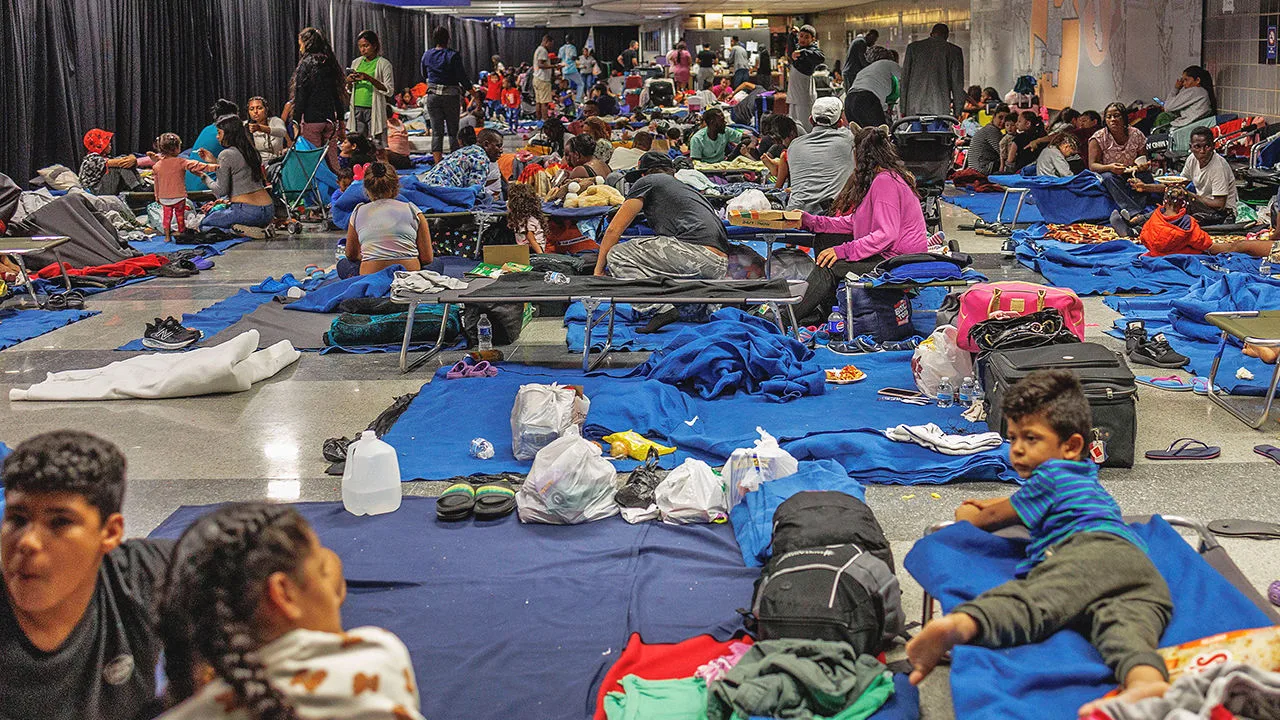CHICAGO — After months of campaigning on lofty promises and challenges to red states dealing with the worst of Joe Biden’s border crisis, the plan that Governor JB Pritzker and Mayor Brandon Johnson’s plans to handle the migrant crisis in Illinois has become clear: there was no plan.
Now, tensions flare among Democrats as Illinoisans are fighting for their own recognition in a state that has prioritized political points for JB Pritzker over the wellbeing of its own residents.
Take a look at the aftermath of Gov. Pritzker and Mayor Johnson’s “plans.”
Politico: Tensions flare as migrant buses ramp up
There’s finger-pointing: Ald. Carlos Ramirez-Rosa lashed out at Gov. JB Pritzker on Friday, saying it’s “shameful” that the state isn’t doing more to help. “I get frustrated because I wonder how many of Gov. JB Pritzker’s senior staff are scouting locations on a daily basis to make sure that we’re living up to our responsibility as a sanctuary state,” Ramirez-Rosa said during a heated five-hour meeting of the council’s immigration committee.
Ramirez-Rosa was responding to Pritzker questioning the city’s plan to build tented cities for the non-stop flow of asylum seekers.
.The underlying issue: Neither the city of Chicago nor the state of Illinois have the money reserves to handle the migrant crisis and the federal government has done little to help.
From the mayor’s office: “Local governments aren’t equipped with the amount of coordination and capacity needed to meet the moment,” Pacione-Zayas said. “When you’re talking about thousands of people daily, there’s no way our local government can staff up. It’s like asking somebody to make creme brulee by rubbing two sticks together.” She said the crisis could imperil some programs supported by the new mayor.
NBC Chicago: Chicagoans, aldermen question city’s response to migrant crisis
A small group of protesters gathered at Daley Plaza, demanding answers from Mayor Brandon Johnson regarding the city’s $29 million deal with the security company GardaWorld to build winterized base camps for migrants.
“I don’t think winterized tent city is going to solve anything,” said participant Nino Brown.
“I’m very torn by this crisis, because I think this crisis is eating away at the good will of the people of the city of Chicago,” Ald. Pat Dowell, of the city’s 3rd Ward, said. “I think the more buses we see, the more anxious we get.”
With resources stretched thin and the need for even more funding, some aldermen say the line needs to be drawn.
“We need to say we can’t take no more, why won’t nobody say that out of their mouth, out of this administration,” 20th Ward Ald. Jeanette Taylor said. “We can’t keep taking buses.”
Associated Press: Hundreds of migrants live inside Chicago O’Hare International Airport as city grapples with how to house them
Hidden behind a heavy black curtain in one of the nation’s busiest airports is Chicago’s unsettling response to a growing population of asylum-seekers arriving by plane.
Hundreds of migrants, from babies to the elderly, live inside a shuttle bus center at O’Hare International Airport’s Terminal 1. They sleep on cardboard pads on the floor and share airport bathrooms. A private firm monitors their movements.
Like New York and other cities, Chicago has struggled to house asylum-seekers, slowly moving people out of temporary spaces and into shelters and, in the near future, tents. But Chicago’s use of airports is unusual, having been rejected elsewhere, and highlights the city’s haphazard response to the crisis. The practice also has raised concerns about safety and the treatment of people fleeing violence and poverty.


